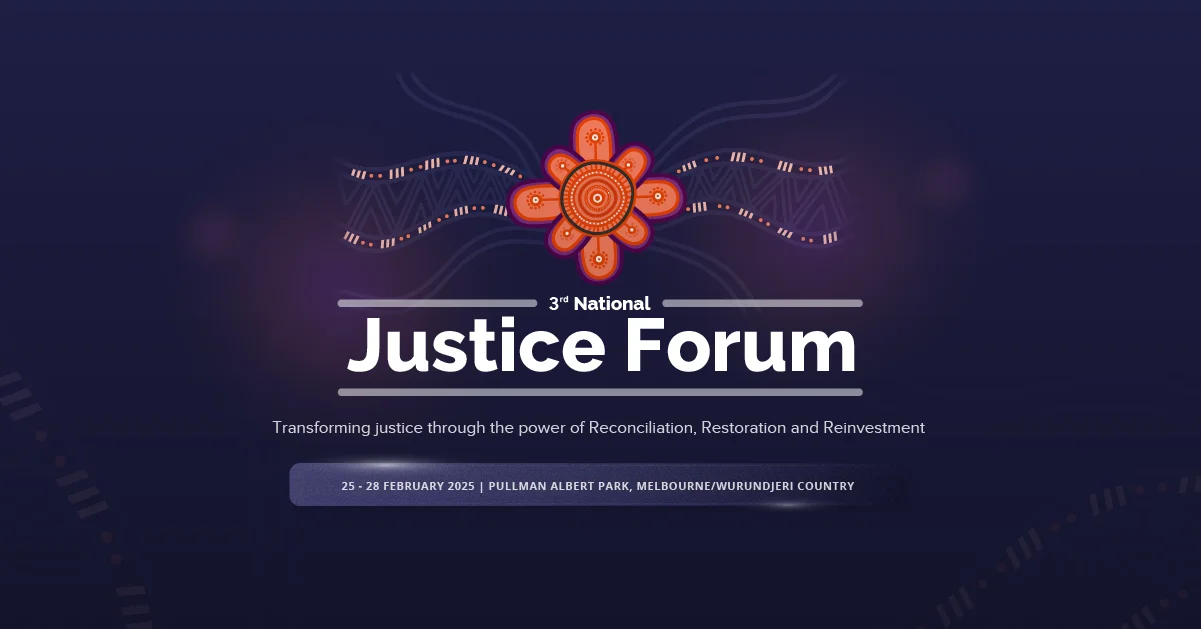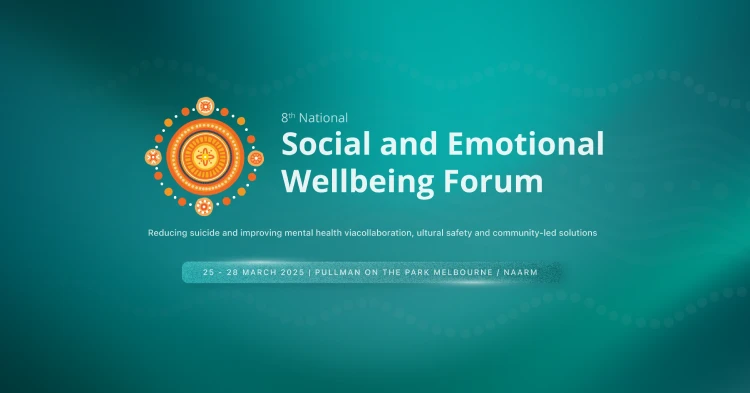The Community Treatment, Support and Emergency Response (CTSER) report outlines an improved, integrated approach to mental health crises.
A new blueprint for responding to mental health emergencies has been unveiled by the State Government, promising a more integrated and community-focused approach. The CTSER report, released on 3 February 2025, outlines a vision for a system that keeps individuals experiencing mental health crises connected to their support networks and within their communities.
This comprehensive report is the result of extensive consultation with a wide range of stakeholders, including clinicians, individuals with lived experience of mental health challenges, and service providers. The government also drew upon data from previous reports, service evaluations, and evidence of best practices both nationally and internationally to inform the CTSER’s recommendations. This thorough approach ensures that the new plan is grounded in real-world experiences and reflects the latest thinking in mental health care.
The CTSER report identifies four key pillars that will form the foundation of this improved system. These pillars, working in concert, will enable a more seamless and person-centred approach to care. They are:
- Access and Assessment: Ensuring individuals can quickly and easily access the appropriate mental health services and receive thorough assessments of their needs.
- Emergency Response: Providing timely and effective interventions for those experiencing acute mental health crises.
- Community Treatment and Support: Offering ongoing support and treatment within the community to promote recovery and wellbeing.
- Transition: Facilitating smooth transitions between different levels of care, ensuring continuity of support.
To achieve this vision, the State Government has outlined three key Reform Directions that will guide the implementation of the CTSER recommendations. These directions provide a high-level roadmap for the changes needed:
- Reform Direction 1: Enhanced Collaboration and Integration: This direction emphasises the importance of delivering services in a more coordinated and integrated way, fostering strong partnerships with other organisations within the mental health system. Breaking down silos and promoting collaboration will be crucial to providing holistic care.
- Reform Direction 2: Improved Accessibility and Availability: This reform aims to improve the accessibility and availability of community treatment and support services. This includes addressing waiting lists, increasing service provision in underserved areas, and ensuring that services are tailored to meet the diverse needs of the community.
- Reform Direction 3: Effective Non-ED Crisis Responses: This direction focuses on establishing more seamless, safe, and effective alternatives to emergency department (ED) visits for individuals experiencing mental health crises. This includes exploring and implementing community-based crisis response teams, safe havens, and other non-clinical support options.
The CTSER report and the accompanying Reform Directions represent a significant step forward in the State Government’s commitment to improving mental health care. By prioritising collaboration, accessibility, and community-based solutions, this new plan offers hope for a more responsive and effective system for those experiencing mental health crises. The government anticipates that these changes will lead to better outcomes for individuals, families, and communities across the state.
Also read: $17.2M boost for youth mental health programs aid work and study
Milton writes as both an occupation and a hazard. He also works on the newsletters you see on Tuesday and Thursday with articles you should find interesting.
- Daniel Miltonhttps://thirdsector.com.au/author/daniel-miltonakolade-co/
- Daniel Miltonhttps://thirdsector.com.au/author/daniel-miltonakolade-co/
- Daniel Miltonhttps://thirdsector.com.au/author/daniel-miltonakolade-co/
- Daniel Miltonhttps://thirdsector.com.au/author/daniel-miltonakolade-co/













